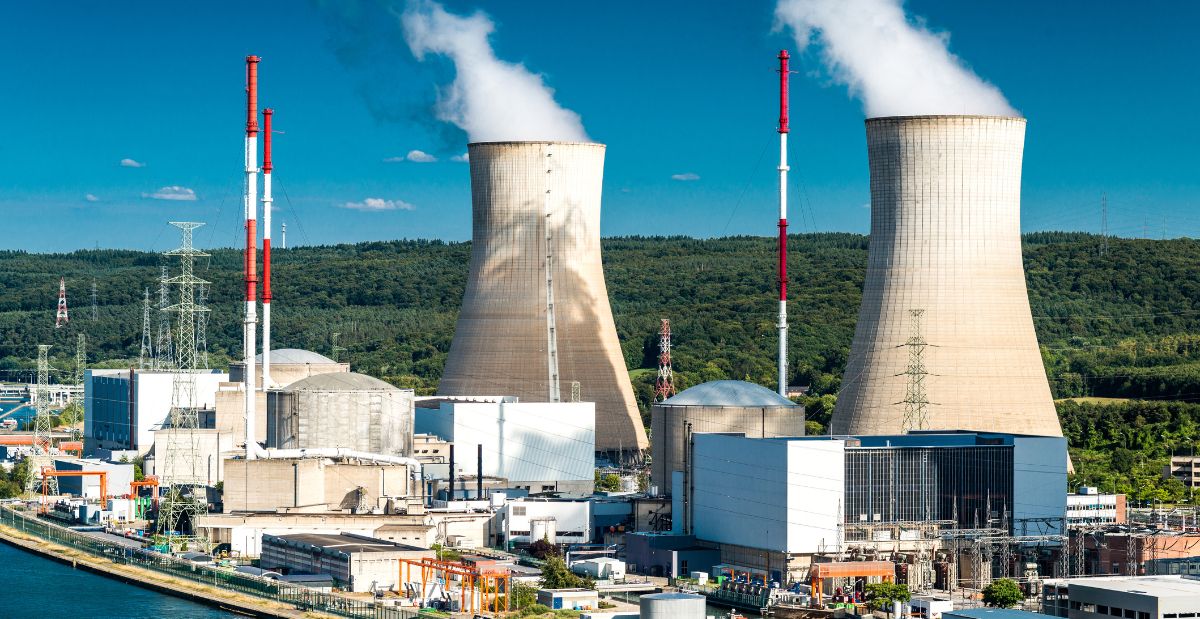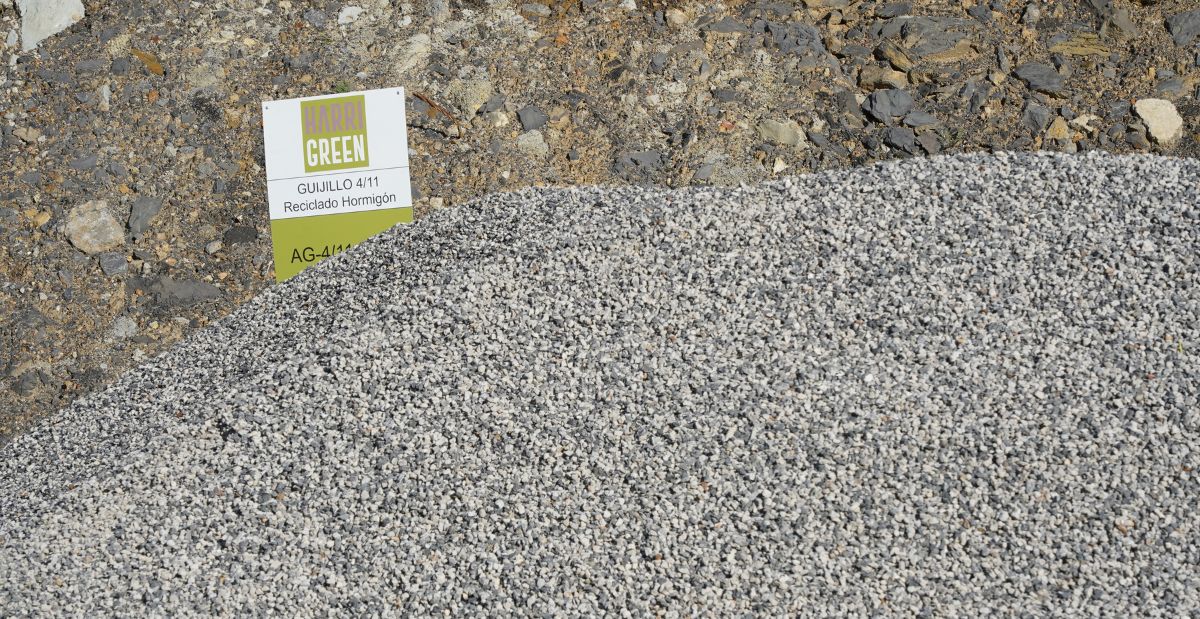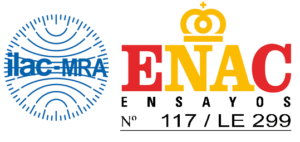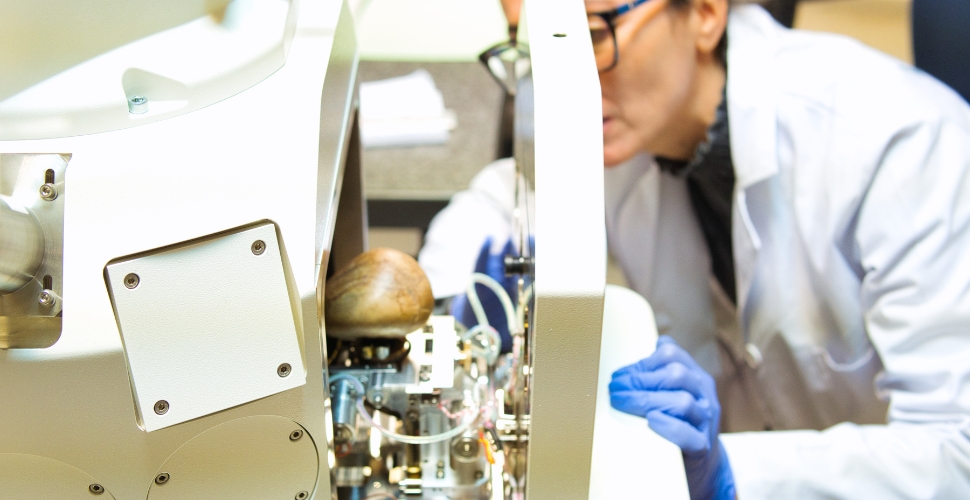
LADICIM Applies Materials Science to the Study of Archaeological Heritage
The Archaeometry and Heritage Unit has been collaborating for over 30 years with archaeologists and researchers to analyze historical artifacts using advanced non-destructive techniques.
Archaeology has found an essential ally in materials science for understanding the past. Beyond excavations, the application of advanced technologies reveals key information hidden within ancient objects—from their chemical composition to the manufacturing techniques used by our ancestors, as well as the alteration processes they have undergone over time.
For over three decades, the Laboratory of the Division of Materials Science and Engineering (LADICIM) at the University of Cantabria has collaborated with archaeologists and heritage researchers in the analysis of historical artifacts. This partnership between science and the humanities is embodied by a dedicated unit: the Archaeometry and Heritage Unit.
Through an interdisciplinary approach that combines archaeological analysis with advanced techniques such as scanning electron microscopy (SEM) and micro-computed axial tomography (µ-CT), this department has become a fundamental resource for studying ancient objects without compromising their integrity.
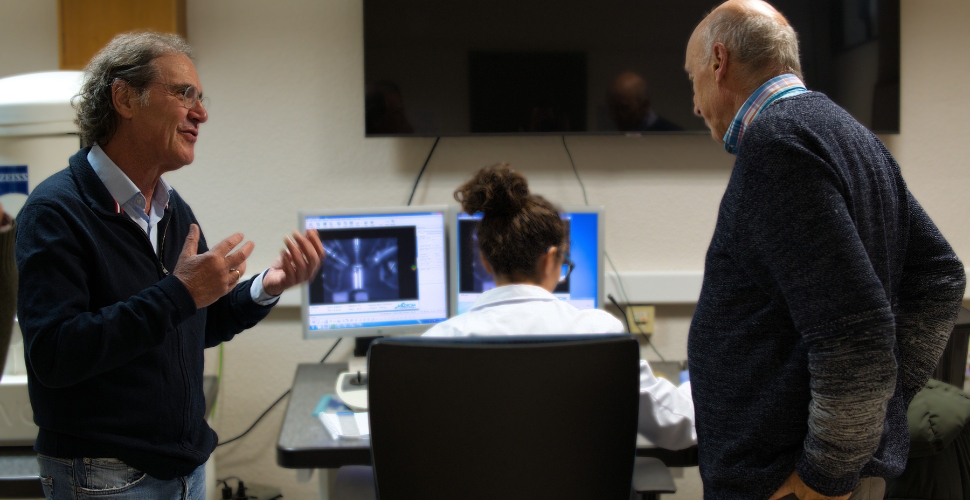
LADICIM’s collaboration with the field of archaeology began in the early 1990s, as recalled by Dr. Jesús Setién, Associate Professor of Materials Science and Metallurgical Engineering at the University of Cantabria and head of the Unit. “Archaeology professor Miguel Cisneros made the first contact with our laboratory to analyze rusted nails from an ancient shipyard.”
Since then, the collaboration between materials engineers and archaeologists has evolved into a key support system for archaeological research. This has taken place within an interdisciplinary dynamic where each specialist contributes their expertise. Most studies have focused on Cantabria, where the Laboratory is based, with investigations enabling the systematic analysis of materials that were previously unstudied in the region. However, this work has also crossed borders, with projects conducted in other autonomous communities and internationally.
Advanced Technology for the Study of the Past
LADICIM employs advanced methodologies to analyze a wide variety of archaeological materials, ranging from metals and ceramics to seashells, coins, and even human remains. Among the most commonly used techniques is scanning electron microscopy (SEM), which allows for high-resolution imaging and chemical analysis without damaging the artifacts. “The SEM microscope is an essential tool in our work because it enables observation and determination of material composition at the micrometric scale, offering immense potential for research,” explains Setién.
Another key tool is micro-computed axial tomography (µ-CT), which produces three-dimensional reconstructions of the interior of archaeological objects without the need for physical handling—a crucial advantage when studying items of high historical value.
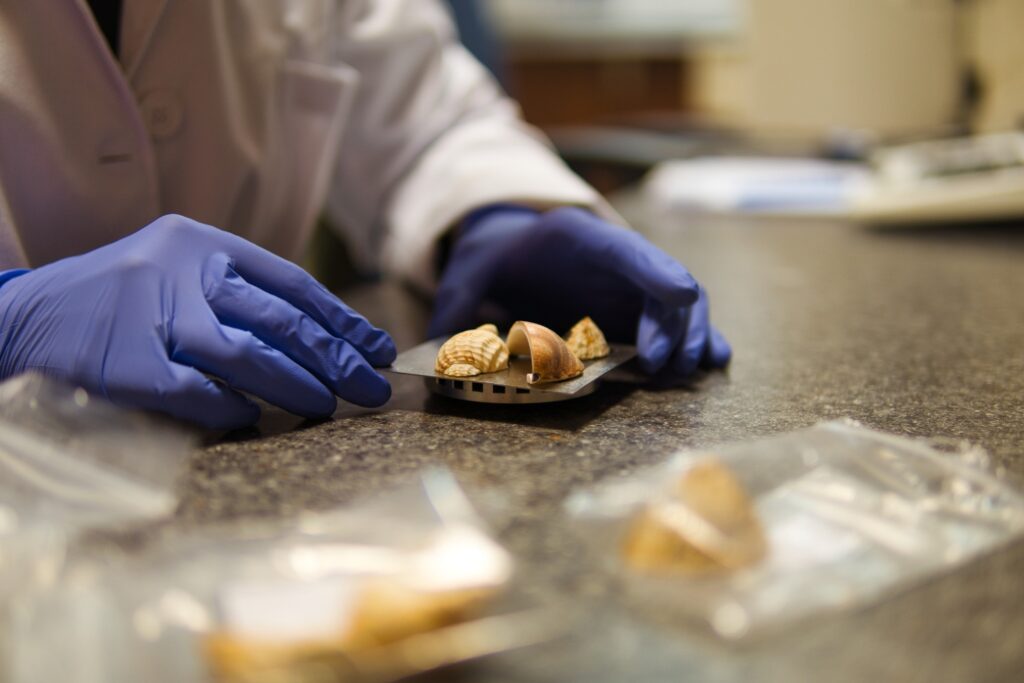
Dr. Ana Cimentada, a researcher and expert in sample preparation and handling, plays a key role in the observation and analysis processes. Recently, the Laboratory received two river stones, one bearing a drawing of an aurochs, to determine their authenticity. The lack of provenance raises doubts as to whether the piece is from the Paleolithic era or a modern forgery. “Through pigment analysis and µ-CT scanning, we aim to verify its authenticity without altering the artifact, examining its internal structure and detecting possible differences in the materials used,” she explains.
Scientific Data to Interpret History
Advanced techniques have been employed in numerous studies, such as the analysis of metal objects from the Museum of Prehistory of Cantabria (2005)—including axes, daggers, and swords—which allowed for the determination of their composition and classification of their manufacturing technology; the characterization of tesserae from mosaics and Roman glass to identify their chemical composition; and the study of ochres used in rock art to trace their geological origin and provide insights into painting techniques used across different periods.
However, the work of the Archaeometry and Heritage Unit goes beyond technical analysis. LADICIM researchers collaborate closely with archaeologists in interpreting the results. “We conduct the analyses and contribute our expertise in interpreting the data obtained. We deliver the results, address questions, and facilitate understanding,” explains Dr. Jesús Setién.
One of the most unique cases involved a study of Visigothic burials. The Laboratory received fragments of ribs, skulls, and stomach contents. The objective was to determine the diet of these individuals by identifying mineral residues and organic compounds preserved in the bones and stomach. These analyses, conducted using non-destructive techniques, provided valuable information about the dietary habits of these communities and their relationship with their environment, all without compromising the integrity of the remains.

LADICIM has also conducted various studies on seashells to understand their use and value as natural records of the past. In some studies, wear marks were analyzed to determine whether the shells were used during the Paleolithic as tools for processing pigments or drilling materials.
In another project, the laboratory examined a fossilized shell found in the Strait of Gibraltar region. “We analyzed the growth of calcium carbonate crystals, the main component of its structure. Variations in this growth can reveal information about past climate changes or extreme events,” explains Cimentada.
Driving Heritage Research in Cantabria
The collaboration between LADICIM and the field of archaeology has had a significant impact on heritage research in Cantabria. Pablo Arias, Professor of Prehistory at the University of Cantabria and recipient of the 2021 Second National Archaeology Award, highlights how this partnership has transformed the study of archaeological materials in the region. “Our collaboration with LADICIM arose from the need to analyze the composition of metal objects from the Chalcolithic and Bronze Age collections at the Archaeology Museum of Cantabria. Previously, analyses were conducted using destructive methods that required taking physical samples from the artifacts, something we wanted to avoid. This collaboration allowed us to carry out these studies within Cantabria, avoiding complicated transfers and preserving the integrity of the objects,” he explains.
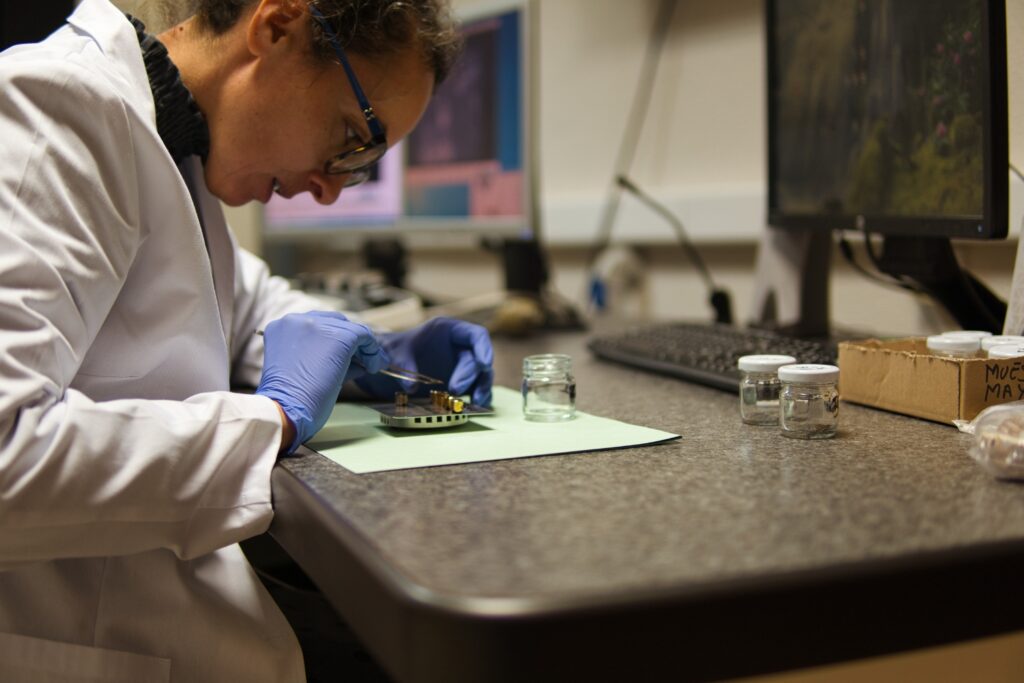
Arias acknowledges that this partnership has opened new avenues of research, enabling the publication of numerous scientific articles and facilitating the involvement of researchers from different generations in the work. “Access to LADICIM’s techniques has boosted our investigations, allowing us to systematically study archaeological materials and organize practical sessions with students from the Master’s program in Prehistory and Archaeology.”
More than three decades of collaboration with archaeologists and researchers reflect LADICIM’s commitment to the analysis and interpretation of historical materials, providing tools that help better understand the past and aid in its preservation for the future. “This area of our work is of great interest to us, and we consider it an important service to the scientific community,” concludes Jesús Setién.
Engineering and archaeology working together to unveil the secrets of history through technology and knowledge.


